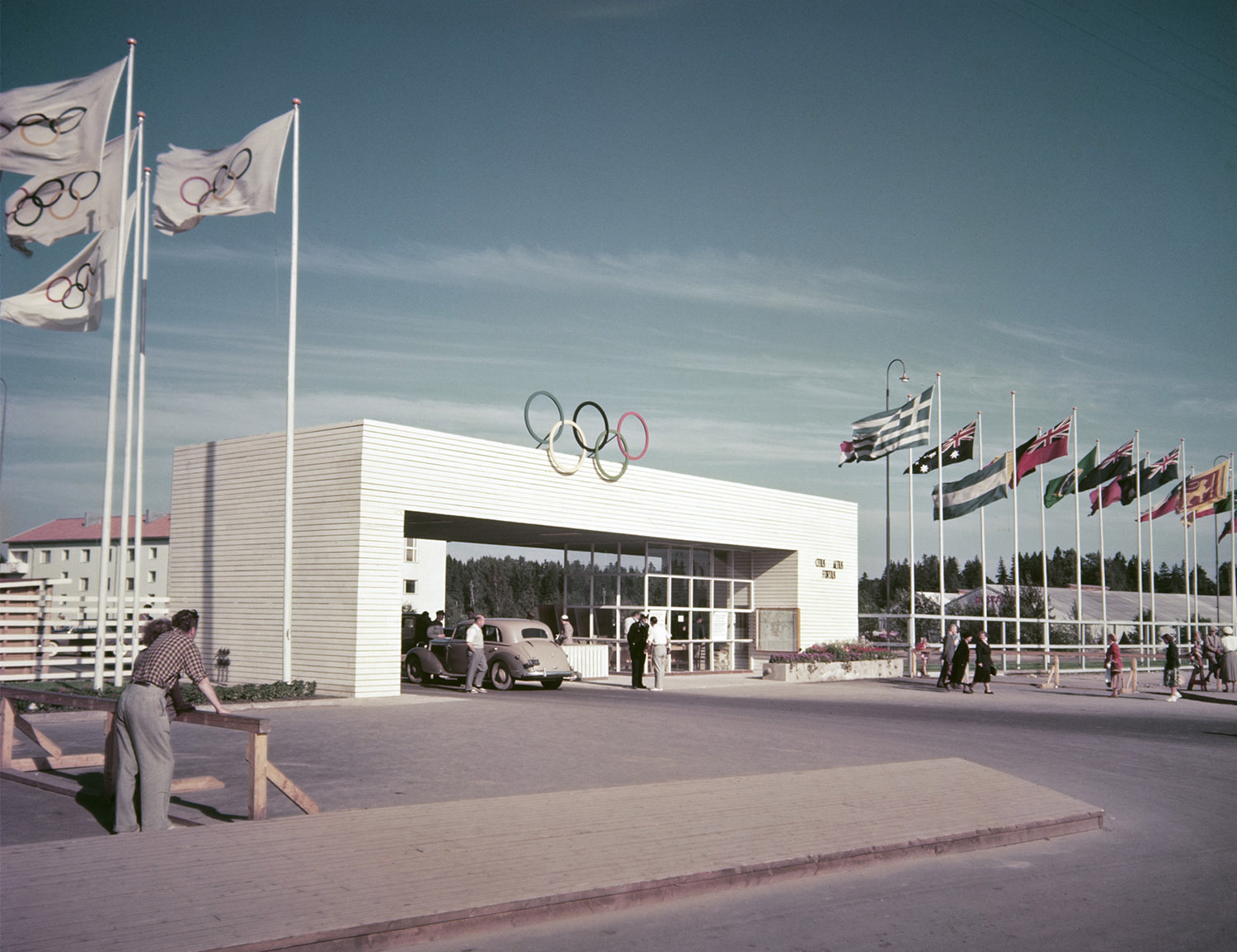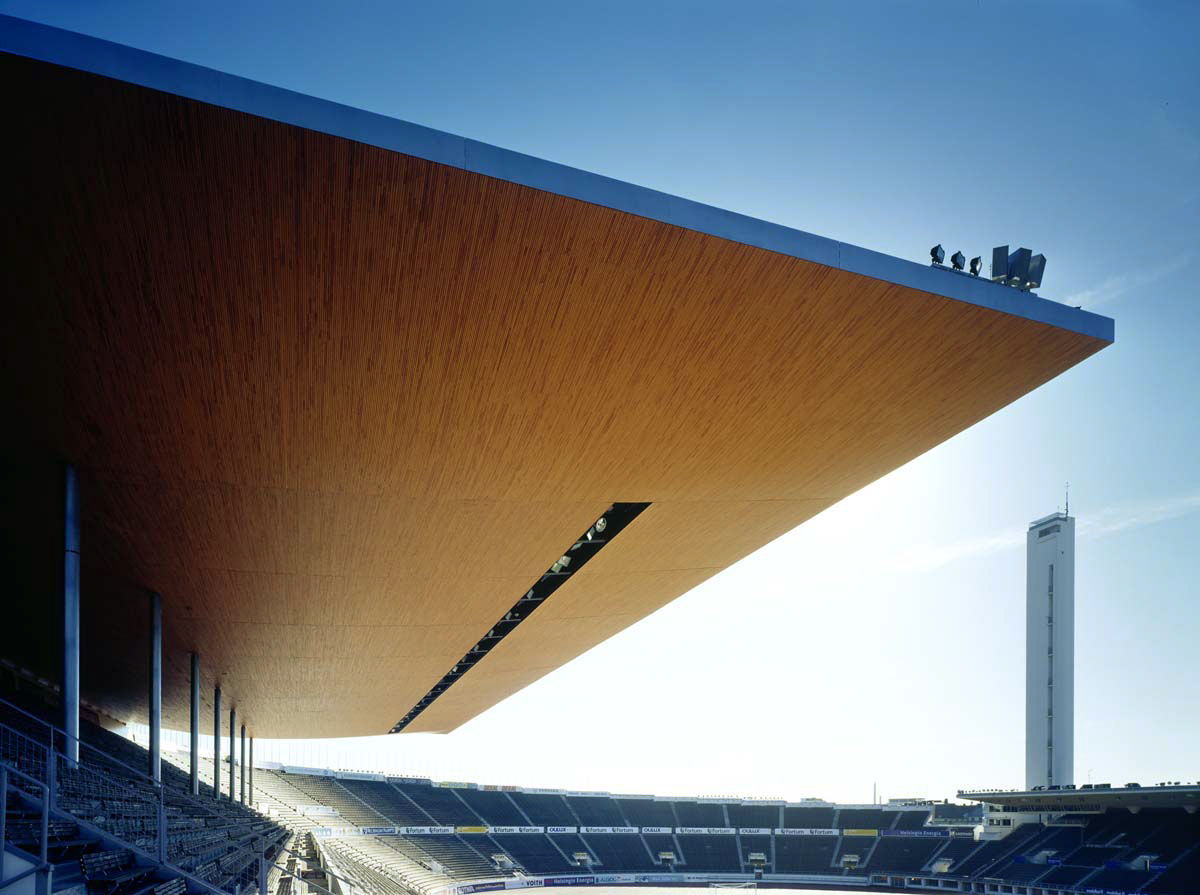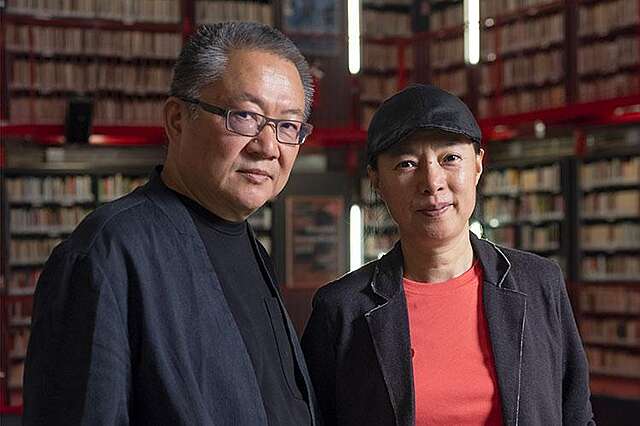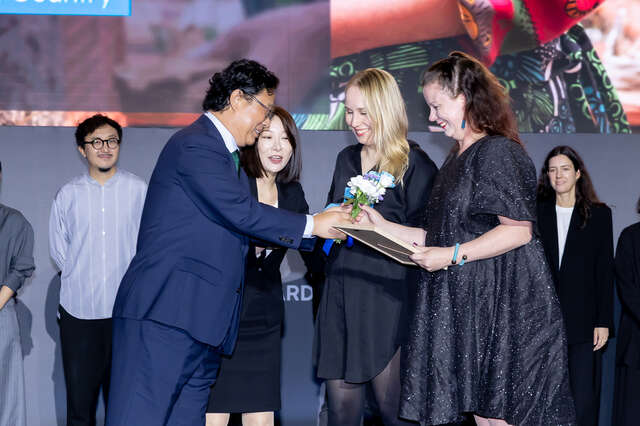Helsinki's Olympic architecture continues to be praised

Olympia-kuva Oy / Helsinki City Museum
The legacy of Helsinki's Olympic buildings is exceptional in an international context. BBC interviewed Kristo Vesikansa, the Editor-In-Chief of the Finnish Architectural Review, about the charm and popularity of Helsinki's Olympic Villages among the local residents.
The British Broadcasting Corporation (BBC) published an article before the opening of the Paris 2024 Olympics about the history of Olympic villages and the issues that their construction has caused over time. The three Olympic villages built for the ongoing Olympics in Saint-Denis, Saint Ouen, and L'Île-Saint-Denis have been constructed as sustainably as possible on former industrial sites. However, the previous residents of the area, many of whom were of immigrant background, have been forced to relocate.
The history of Olympic villages dates back to the Paris Olympics of 1924 when the first temporary accommodations for athletes were built for the games. The athletes' housing was modest, but over time, Olympic villages evolved into showcases of modern architecture and examples of urban regeneration. The article highlighted Helsinki's Olympic villages as a successful example, demonstrating exemplary planning, still evident in the current popularity of these areas.
The 1940 Olympics were originally planned to be held in Tokyo, but the host city was moved to Helsinki because of the outbreak of the Second Sino-Japanese War. The hastily planned new Games in Helsinki were eventually cancelled due to the outbreak of World War II, but Helsinki was given another chance to host the Olympic Games in 1952.

For the 1940 Olympics, Helsinki's streetscape was extensively upgraded and several buildings by the country's most prominent architects were completed, from the Olympic Stadium designed by Yrjö Lindegren and Toivo Jäntti to the Olympic Village residential buildings designed by Martti Välikangas and Hilding Ekelund. For the 1952 Olympics, architects and Helsinki's decision-makers had more time to prepare for the Games and several new landmark buildings were completed for the Games, such as the Swimming Stadium designed by Jorma Järvi and the residential buildings in Kisakylä designed by Pauli Salomaa. The redevelopment was not limited to the Olympic buildings, as a large number of different buildings were built in Helsinki and elsewhere to serve international visitors during the Games.
The BBC article highlighted the idyllic nature of the Olympic housing in Helsinki in today's city. According to Kristo Vesikansa, for many Helsinki residents, the Olympic villages' buildings in particular represent the ideal residential area, thanks to their compact and functional apartments and large gardens.

Earlier this spring, Vesikansa together with Laura Berger, Postdoctoral Researcher in the department of architecture at Aalto University, published an article in Planning Perspectives, an academic journal, on the planning and politics of Helsinki's Olympic buildings in the light of the Games' 12-year gap period and the changes occurring during the gap period in planning and politics. The 1952 Games were held in the midst of the new political climate of the Cold War and the changing vision of architects' for Helsinki’s city centre.
The legacy of Finnish Olympic buildings can also be seen abroad, as the Olympic Sauna built by the Finnish company Puutalo Oy (Timber Houses Ltd) for the 1948 London Olympics still stands and has recently been granted listed status by Historic England, a public body in charge of the national register of protected buildings. Archinfo reported earlier this year on the conservation decision, which was preceded by a major preservation campaign.
Find out more about the Olympic Village and other Olympic sites in Helsinki at Finnish Architecture Navigator.
The story of Puutalo Oy (Timber Houses Ltd.) is on display at the New Standards exhibtion in Tromsø's Perspektivet museum till 3 November. Read more about the exhibition here.


